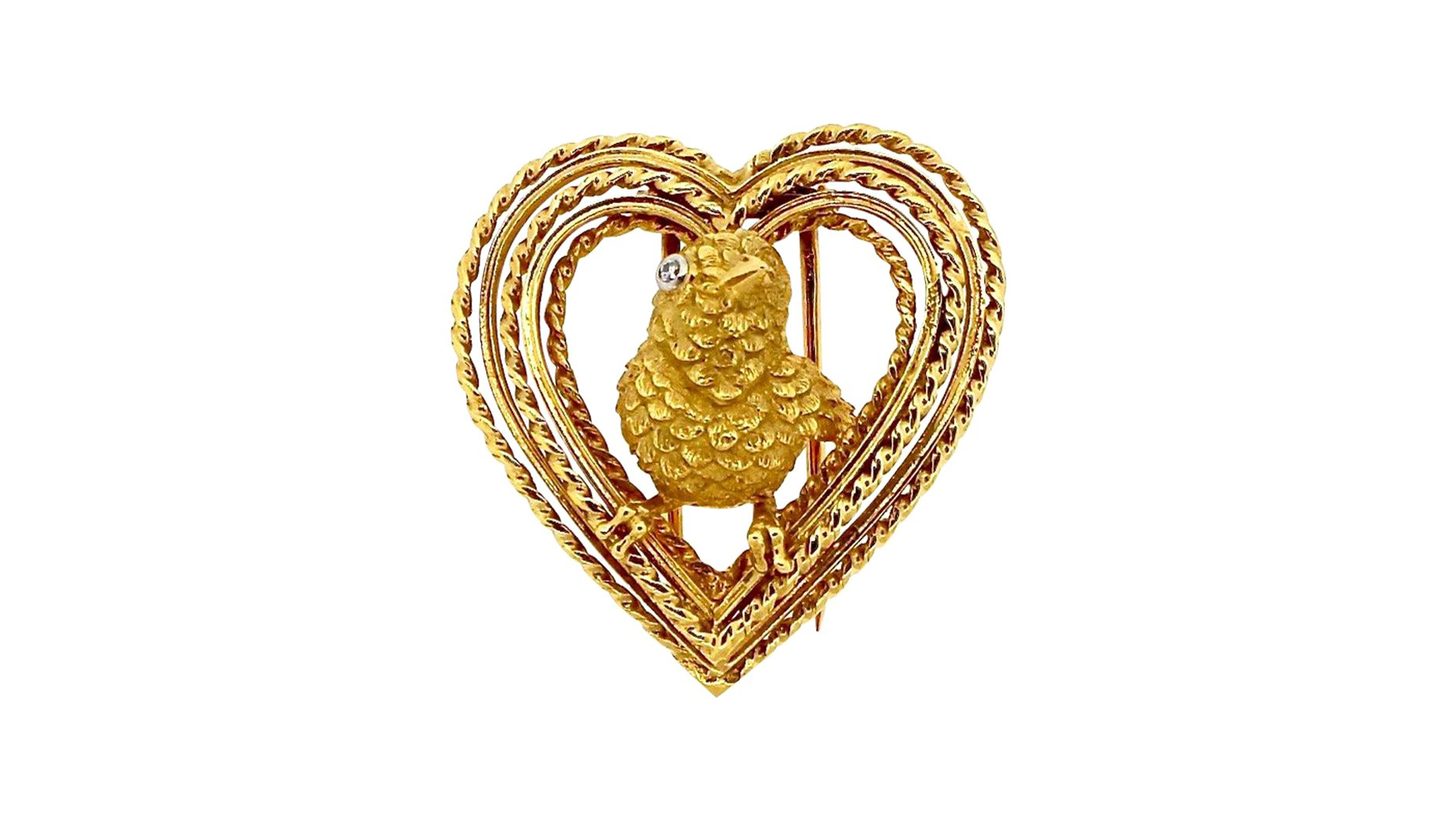Each year on February 14, we all wake up to a day dedicated to love: Valentine’s Day. While today we associate the day of love with gifts of chocolate, flowers or jewelry, the tradition started with a bloody ritual.
A Pagan Festival
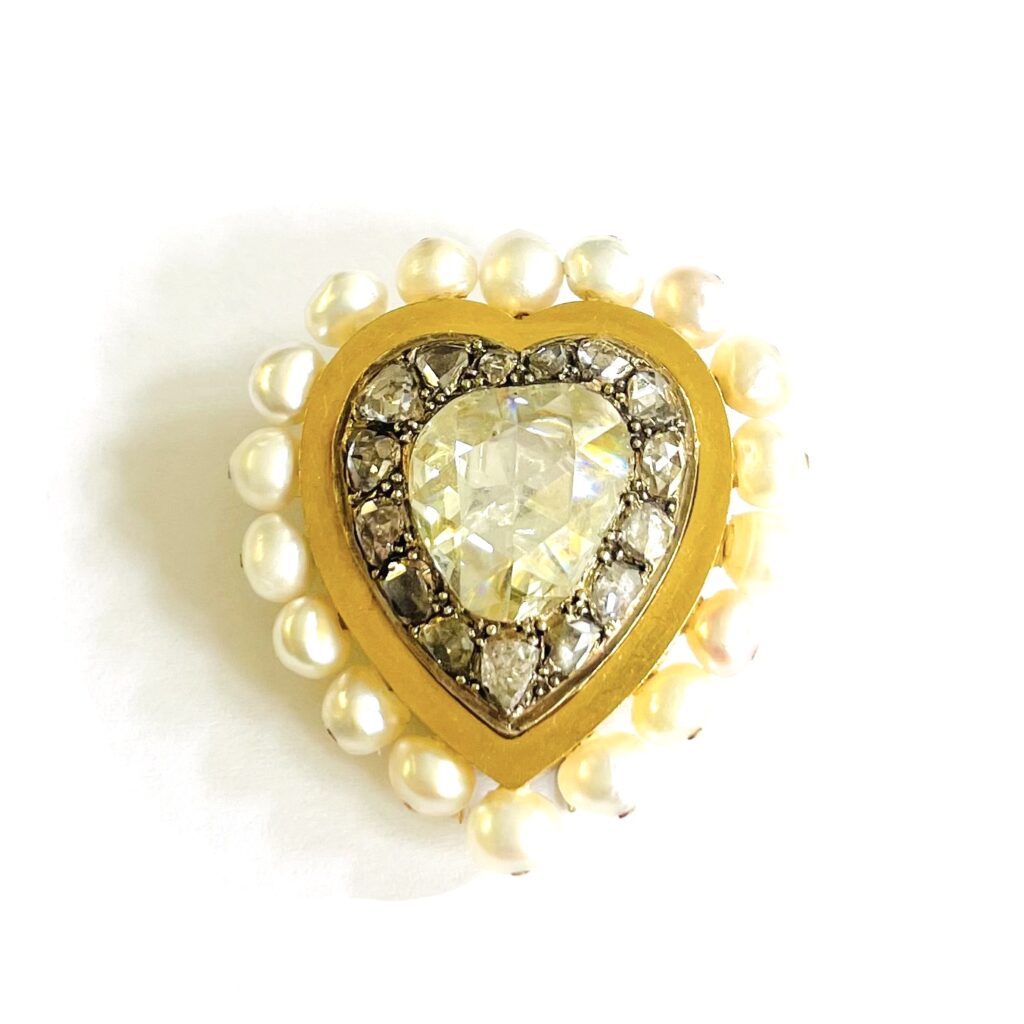
Modern Valentine’s Day has its roots in the pagan Roman festival, Lupercalia, a rite of spring and fertility dedicated to the god of agriculture. The ritual was held in the middle of February, as that was the beginning of spring in that era. For this ritual strips of animal hide were dipped in the blood of goats and dogs and then the strips were touched to crops and to women to make them fertile. The ritual also had a second component, kind of like an early version of Match.com, where the names of all the single women in town were placed in an urn. Single men pulled a name out of the urn and were then paired with that woman for a year. Some of the relationships resulted in marriage.
Sometime in the late 5th century, Pope Gelasius made Lupercalia illegal, banning the ritual altogether. Allegedly in an effort to meld Pagan and Christian traditions together, he made February 14 Valentine’s Day, named after the clergyman Valentine.
Valentine, the Person
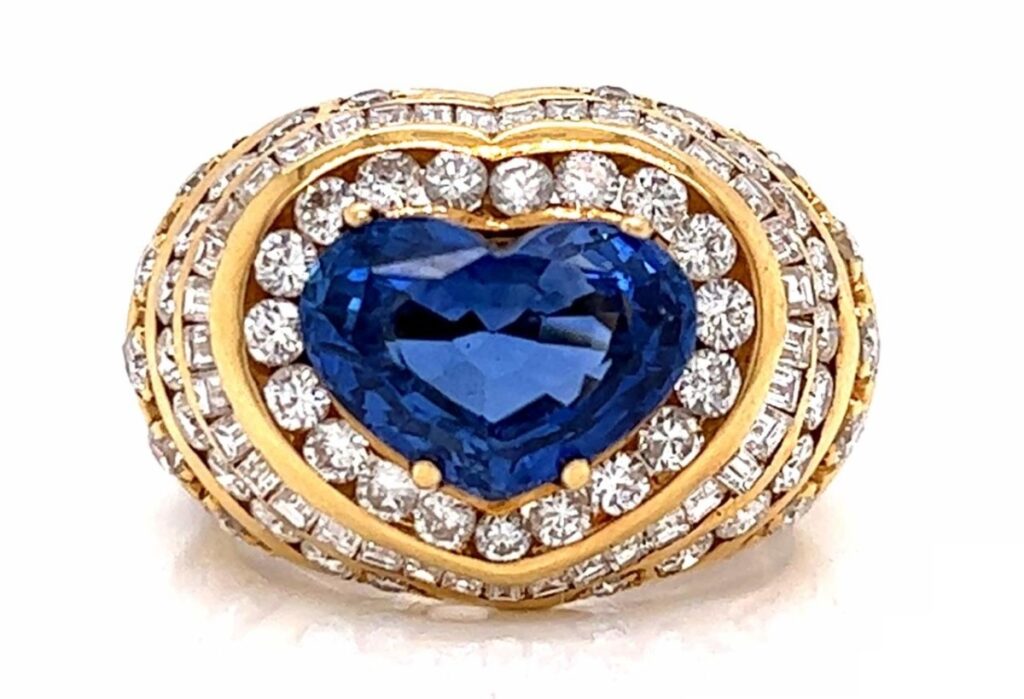
Who exactly was Valentine? That’s a tricky question, as there were allegedly two Valentine’s living around the same time and both executed in different years by the Roman emperor Claudius II in the third century. Claudius II decreed that young men were banned from marriage so that they could be soldiers. Despite the ban, Valentine married young couples anyway. He later paid with his life. The second Valentine was supposedly a bishop who helped Christians escape from Roman jails. He was imprisoned himself for his actions and while he was locked-up he had a visitor, possibly the daughter of the prison warden. Some accounts of the story say that she was blind and Valentine restored her sight, other versions say the two fell in love. All however agree that he signed a letter to her saying “From Your Valentine”. That’s a phrase we all know and that continues to be used today.
Modern Valentine’s Day
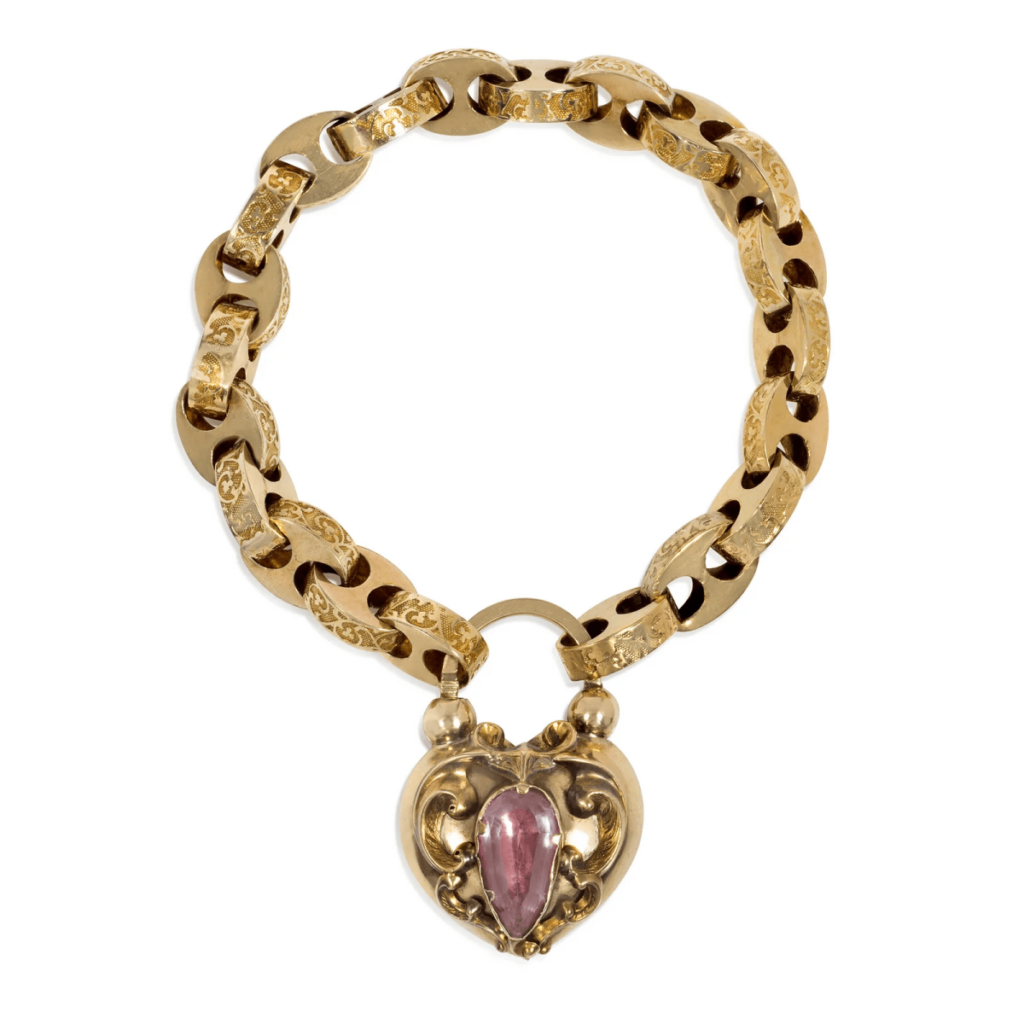
Not too much more exciting happened on that day until Medieval times. During the Middle Ages, sometime in the 1500s, people in England began to celebrate Valentine’s Day as a date connected to romance. People began to exchange cards made by hand and highly decorated with lace and other embellishments. By the middle of the 1700s, people were exchanging gifts and hand written notes.
During the Victorian era, two innovations came about that more firmly entrenched the importance of Valentine’s Day. Printing presses were more prevalent, so Valentine’s Day cards could easily be produced and the post office came into being, making it easy for people to send love greetings.
The Imagery of Love
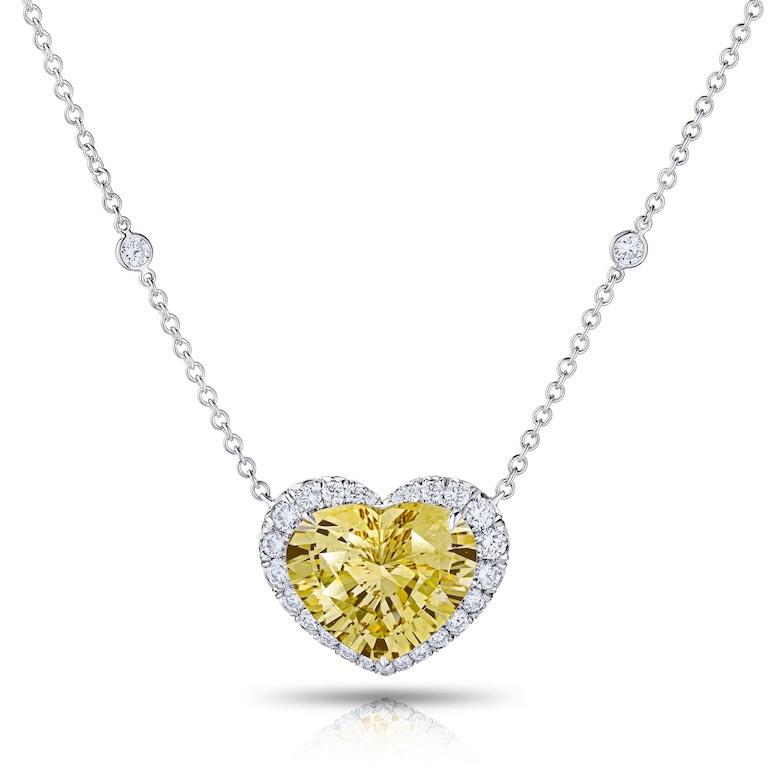
Hearts, Cupid, flowers and birds were important imagery for Valentine’s Day greetings. Hearts were connected to emotions as far back as the ancient Greeks and the love symbol began to show up frequently in Medieval art. Fig, ivy and water lily leaves all have heart shapes and were also used in art. Flowers all have their own meanings often connected to love and of course Cupid is known for shooting his arrow at people inducing them to fall in love. Birds, who begin their mating season in February, are another iconic symbol of love, especially swans who mate for life and doves who represent romantic love, fidelity and loyalty.
While Valentine’s Day specifically celebrates love, any day is a good day to express love. Especially if you commemorate it with a piece of jewelry, a lasting token of your affection that will be appreciated for many years to come.
Top of page: Bird brooch in 18-karat gold with diamond eye, signed Cartier, circa 1960s, courtesy Keyamour (@keyamour).
Authored by Amber Michelle
